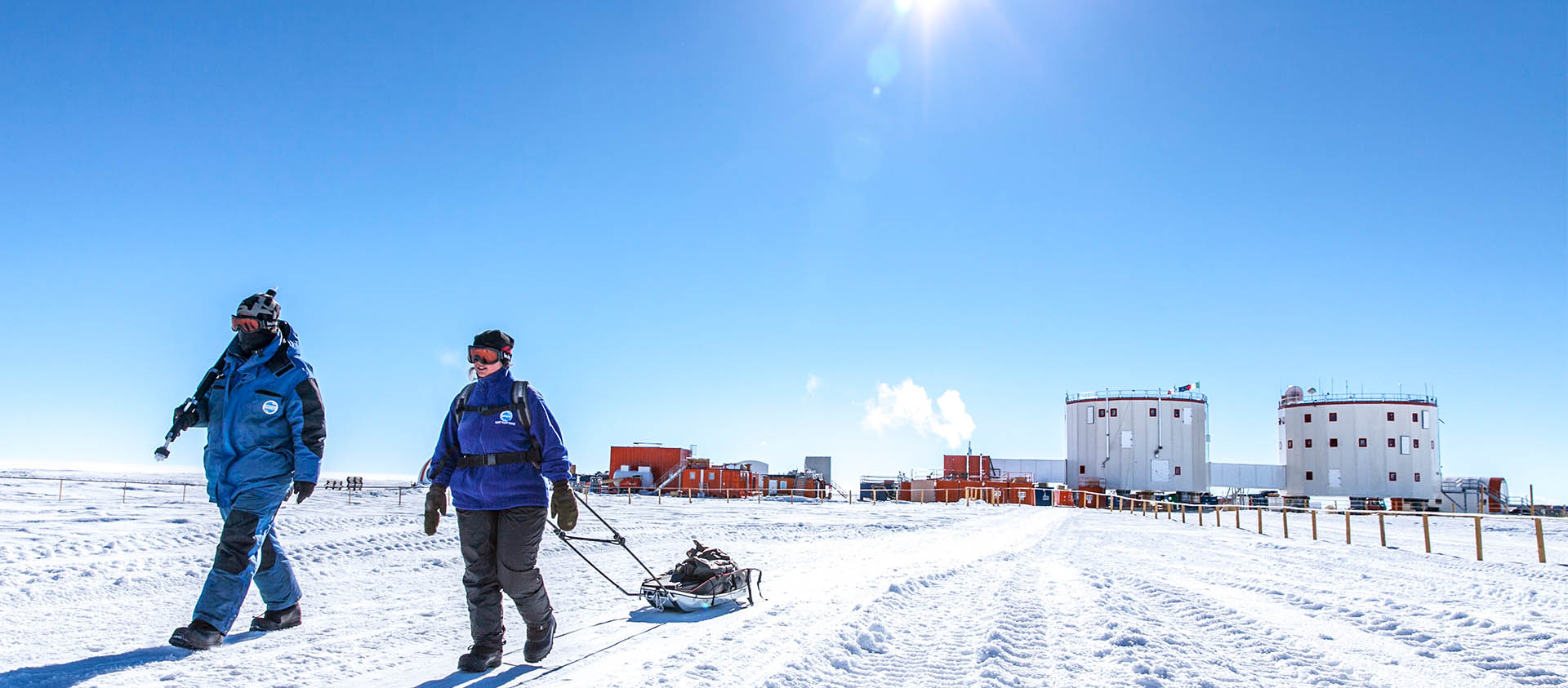Melting ice masses disturbed oceanic circulation
A detailed reconstruction of the climate during the eight successive glacial and interglacial periods of the past 800,000 years proved revealing. Bern’s ice core specialists were already able to show back in 2008 that the concentration of carbon dioxide in Earth's atmosphere during the last 800,000 years was consistently much lower than it is today. What had been unclear until now, however, was just how quickly natural centennial-scale carbon dioxide jumps can occur and how frequently events such as these even happen. The current study now shows that abrupt CO₂ rises are a pervasive feature of our climate system and that they can even occur during interglacial periods. “Until now, it had been assumed that the climate was very stable during previous interglacial periods and that there were no abrupt changes in the atmospheric CO₂ concentration,” explains Christoph Nehrbass-Ahles, lead author of the study, who earned his doctorate from the University of Bern and recently started conducting research at the University of Cambridge.
According to Nehrbass-Ahles, the abrupt increases were always evident when melting ice masses in Greenland or Antarctica caused massive disruptions to oceanic circulation. If atmospheric CO₂ concentrations rose quickly, simultaneous changes could also be detected in the Atlantic Ocean's circulation.
CO₂ increase was ten times more slowly than today
The fact that rapid CO₂ jumps could be detected not only during glacial periods but also during two previous interglacial periods surprised the researchers. “We remeasured these events in the ice several times and always came to the same conclusion,” explains Nehrbass-Ahles. The researchers cannot offer any conclusive explanations as to why the concentration of carbon dioxide in Earth’s atmosphere suddenly rose during previous interglacial periods. “We still don’t know why that happened,” explains Bernese climate researcher Thomas Stocker, co-author of the study: “This raises new research questions.”
However, the CO₂ jumps of previous interglacial periods are far exceeded by the present-day trend: “These natural jumps in the CO₂ concentration in the atmosphere happened nearly ten times more slowly than the human-driven increase seen over the last decade,” Nehrbass-Ahles points out.
